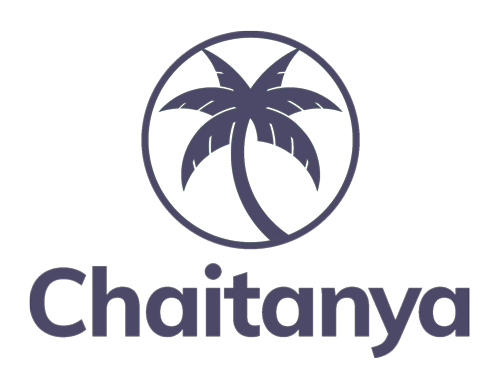March 15, 2024
Introduction
Microfinance companies in India have been helping low-income families, individuals, and small businesses across various parts of the country in fighting against poverty. These companies also emphasize the importance of financial inclusion for women and empower them to achieve individuality and independence. The main goal of microfinance is to provide funds to people who are at the bottom of the socio-economic spectrum and help them live a modest life.
Today many microfinance companies have set sustainable development goals for 2030 which align with the UN’s sustainable development goals(SDGs) particularly in promoting economic growth and reducing inequalities. In this blog let us discuss the progress and challenges of microfinance in sustainable development.
Microfinance and SDGs
Microfinance financial services are crucial in achieving many of the SDGs, some of the important SDGs that align positively with the microfinance organization’s purview of objectives are:
No poverty (SDG 1): MFI allows poor people to manage their households by providing low-interest loans which helps them manage risks and reduce the likelihood of falling into extreme poverty.
Zero hunger (SDG 2): By providing loans to poor farmer families, microfinance is helping to increase agricultural productivity and contributing to food security, helping India achieve zero hunger rates.
Gender equality (SDG 3): MFIs are increasingly focusing on women and helping them economically to promote gender equality and modest livelihood.
Progress Until Now
According to the NITI discussion paper, multidimensional poverty in India has decreased from 29.17% in 2013-14 to 11.28% in 2022-23, i.e. 17.89 percent. This means approximately 24.82 crore people are living a poverty-free life. This is partly due to the expansion of the microfinance industry in recent times in India, but the impact of microfinance on SDGs has been significant.
Challenges Ahead
Despite some of these achievements in empowering the poor, several challenges need to be addressed:
- Sustainability: Even after persistent efforts many MFIs still struggle to achieve financial sustainability. Most of the time they rely on subsidies or donor funds.
- Reach: The microfinance network still struggles to reach many of the poor and marginalized groups from various parts of the country in providing its services.
- Indebtedness: There is growing concern that borrowers might become over-indebted to MFIs because of a lack of financial literacy.
Future of microfinance and SDGs
As we look forward to 2030, it is important to understand that MFIs have a crucial role to play in helping the poor and achieving the SDGs. However, this can only be achieved with sincere efforts and by solving the existing challenges such as sustainability, over-indebtedness, and reach. With continuous efforts and innovative ideas that allow it to reach more people, MFI can help India become a poverty-free country.
Conclusion
All in all, the journey of achieving financial literacy and inclusion is an ongoing process and requires continuous efforts from the government, MFIs, and even the people. As we move closer to achieving the goal, the microfinance industry’s role will make all the difference. Addressing the current challenges and coming up with new and innovative solutions to effectively deal with the problems can guarantee that microfinance continues to drive progress towards a sustainable and equitable society.

